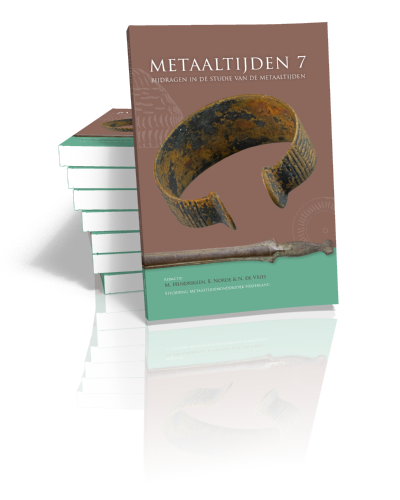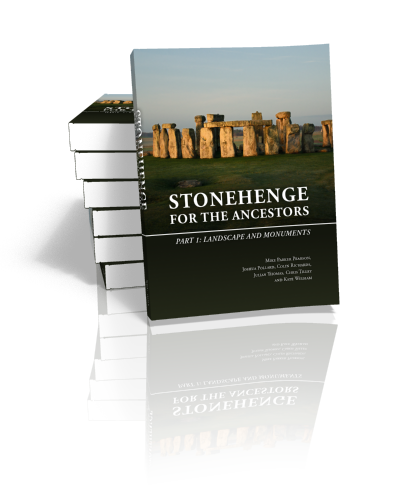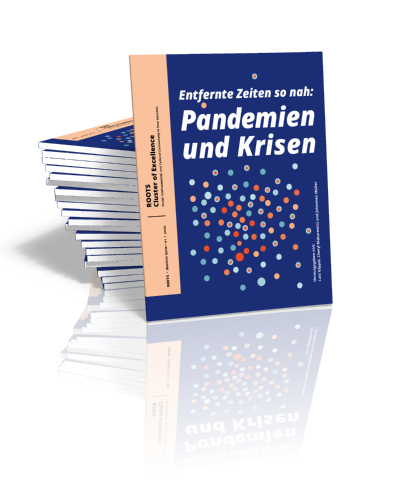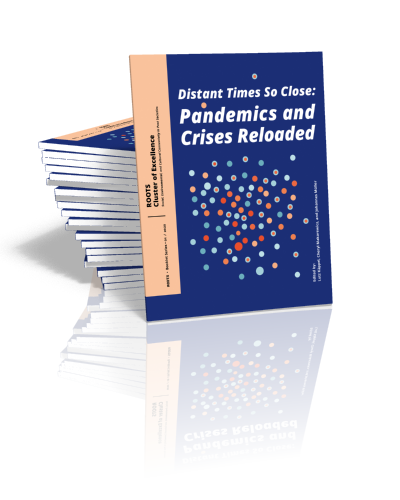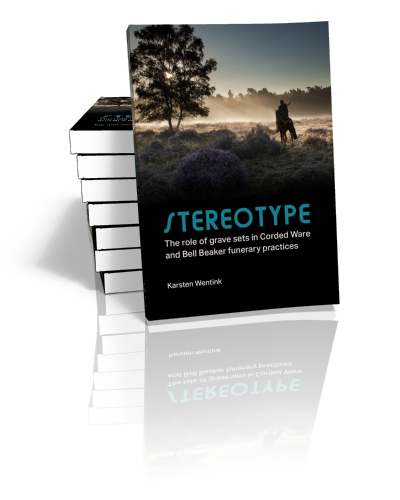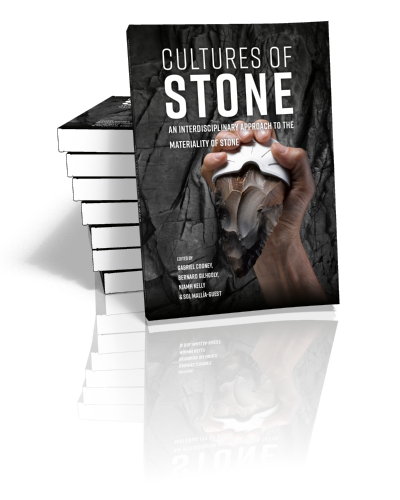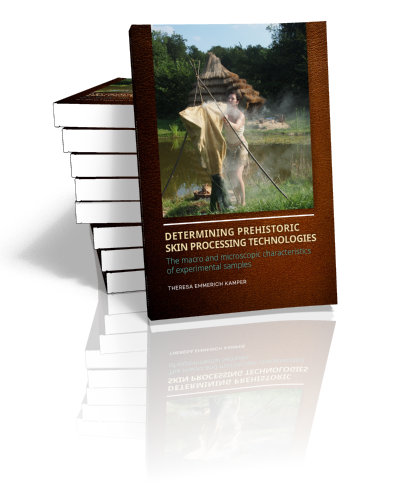Metaaltijden (vol. 7)
Bijdragen in de studie van de metaaltijden
Edited by M. Hendriksen, E. Norde & N. de Vries | 2020
Deze bundel vormt de neerslag van de 7e Nederlandse metaaltijdendag gehouden op 4 oktober 2019. Op die dag werden lezingen gehouden over diverse onderwerpen aangaande de brons- en ijzertijdgemeenschappen van de Lage landen gecombineerd met…
Stonehenge for the Ancestors: Part 1
Landscape and Monuments
Mike Parker Pearson, Joshua Pollard, Colin Richards, Julian Thomas, Chris Tilley & Kate Welham | 2020
For many centuries, scholars and enthusiasts have been fascinated by Stonehenge, the world’s most famous stone circle. In 2003 a team of archaeologists commenced a long-term fieldwork project there for the first time in decades.…
Pandemien und Krisen
Entfernte Zeiten so nah
Edited by Lutz Käppel, Cheryl Makarewicz & Johannes Müller | 2020
Archäologie leistet einen Beitrag für das gesellschaftliche Verständnis von Krisen, einschließlich gegenwärtiger und potentieller zukünftiger Notlagen. Auch Krankheiten wie Pandemien wurden und werden von der Archäologie in vergangenen Gesellschaften beobachtet. Einige solche Beispiele finden sich…
Pandemics and Crises Reloaded
Distant Times So Close
Edited by Lutz Käppel, Cheryl Makarewicz & Johannes Müller | 2020
Archaeology is all about how the present came into existence. Thus, it contributes to the social understanding of crises, including present and potential future adversities. Even diseases, such as pandemics in past societies, were and…
Stereotype
The role of grave sets in Corded Ware and Bell Beaker funerary practices
Karsten Wentink | 2020
Throughout northern Europe, thousands of burial mounds were erected in the third millennium BCE. Starting in the Corded Ware culture, individual people were being buried underneath these mounds, often equipped with an almost rigid set…
Cultures of Stone
An Interdisciplinary Approach to the Materiality of Stone
Edited by Gabriel Cooney, Bernard Gilhooly, Niamh Kelly & Sol Mallía-Guest | 2020
This volume establishes a rich cross-disciplinary dialogue about the significance of stone in society across time and space. The material properties of stone have ensured its continuing importance; however, it is its materiality which has…
Determining Prehistoric Skin Processing Technologies
The macro and microscopic characteristics of experimental samples
Theresa Emmerich Kamper | 2020
The importance of skin processing technologies in the history and expansion of humankind cannot be overstated, yet these technologies can be difficult to identify in the archaeological record. This research outlines the development of a…
Search results for cat-prehistory
:
Metaaltijden (vol. 7)
Bijdragen in de studie van de metaaltijden
Edited by M. Hendriksen, E. Norde & N. de Vries | 2020
Deze bundel vormt de neerslag van de 7e Nederlandse metaaltijdendag gehouden op 4 oktober 2019. Op die dag werden lezingen gehouden over diverse onderwerpen aangaande de brons- en ijzertijdgemeenschappen van de Lage landen gecombineerd met…
Stonehenge for the Ancestors: Part 1
Landscape and Monuments
Mike Parker Pearson, Joshua Pollard, Colin Richards, Julian Thomas, Chris Tilley & Kate Welham | 2020
For many centuries, scholars and enthusiasts have been fascinated by Stonehenge, the world’s most famous stone circle. In 2003 a team of archaeologists commenced a long-term fieldwork project there for the first time in decades.…
Pandemien und Krisen
Entfernte Zeiten so nah
Edited by Lutz Käppel, Cheryl Makarewicz & Johannes Müller | 2020
Archäologie leistet einen Beitrag für das gesellschaftliche Verständnis von Krisen, einschließlich gegenwärtiger und potentieller zukünftiger Notlagen. Auch Krankheiten wie Pandemien wurden und werden von der Archäologie in vergangenen Gesellschaften beobachtet. Einige solche Beispiele finden sich…
Pandemics and Crises Reloaded
Distant Times So Close
Edited by Lutz Käppel, Cheryl Makarewicz & Johannes Müller | 2020
Archaeology is all about how the present came into existence. Thus, it contributes to the social understanding of crises, including present and potential future adversities. Even diseases, such as pandemics in past societies, were and…
Stereotype
The role of grave sets in Corded Ware and Bell Beaker funerary practices
Karsten Wentink | 2020
Throughout northern Europe, thousands of burial mounds were erected in the third millennium BCE. Starting in the Corded Ware culture, individual people were being buried underneath these mounds, often equipped with an almost rigid set…
Cultures of Stone
An Interdisciplinary Approach to the Materiality of Stone
Edited by Gabriel Cooney, Bernard Gilhooly, Niamh Kelly & Sol Mallía-Guest | 2020
This volume establishes a rich cross-disciplinary dialogue about the significance of stone in society across time and space. The material properties of stone have ensured its continuing importance; however, it is its materiality which has…
Determining Prehistoric Skin Processing Technologies
The macro and microscopic characteristics of experimental samples
Theresa Emmerich Kamper | 2020
The importance of skin processing technologies in the history and expansion of humankind cannot be overstated, yet these technologies can be difficult to identify in the archaeological record. This research outlines the development of a…
Browse by subject



